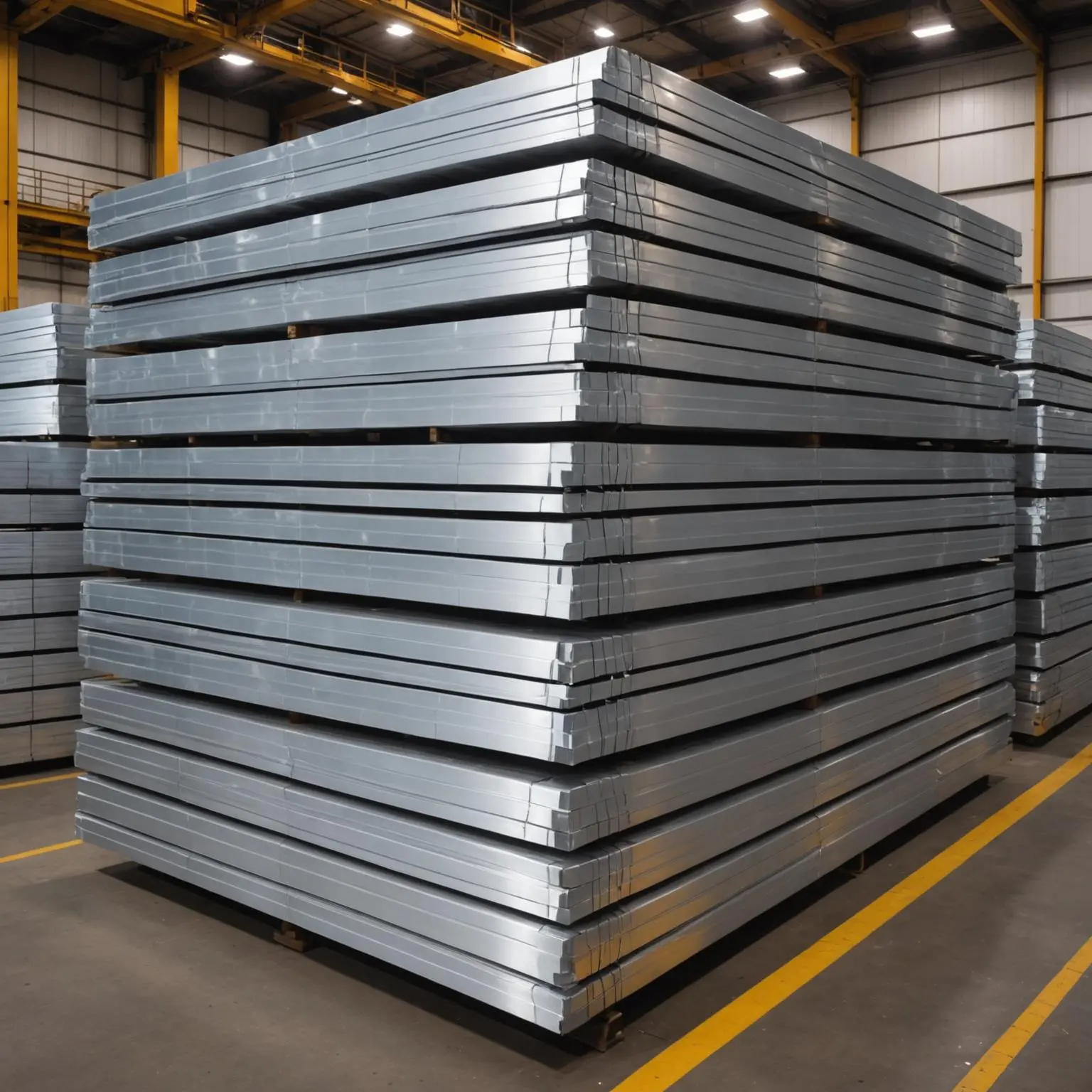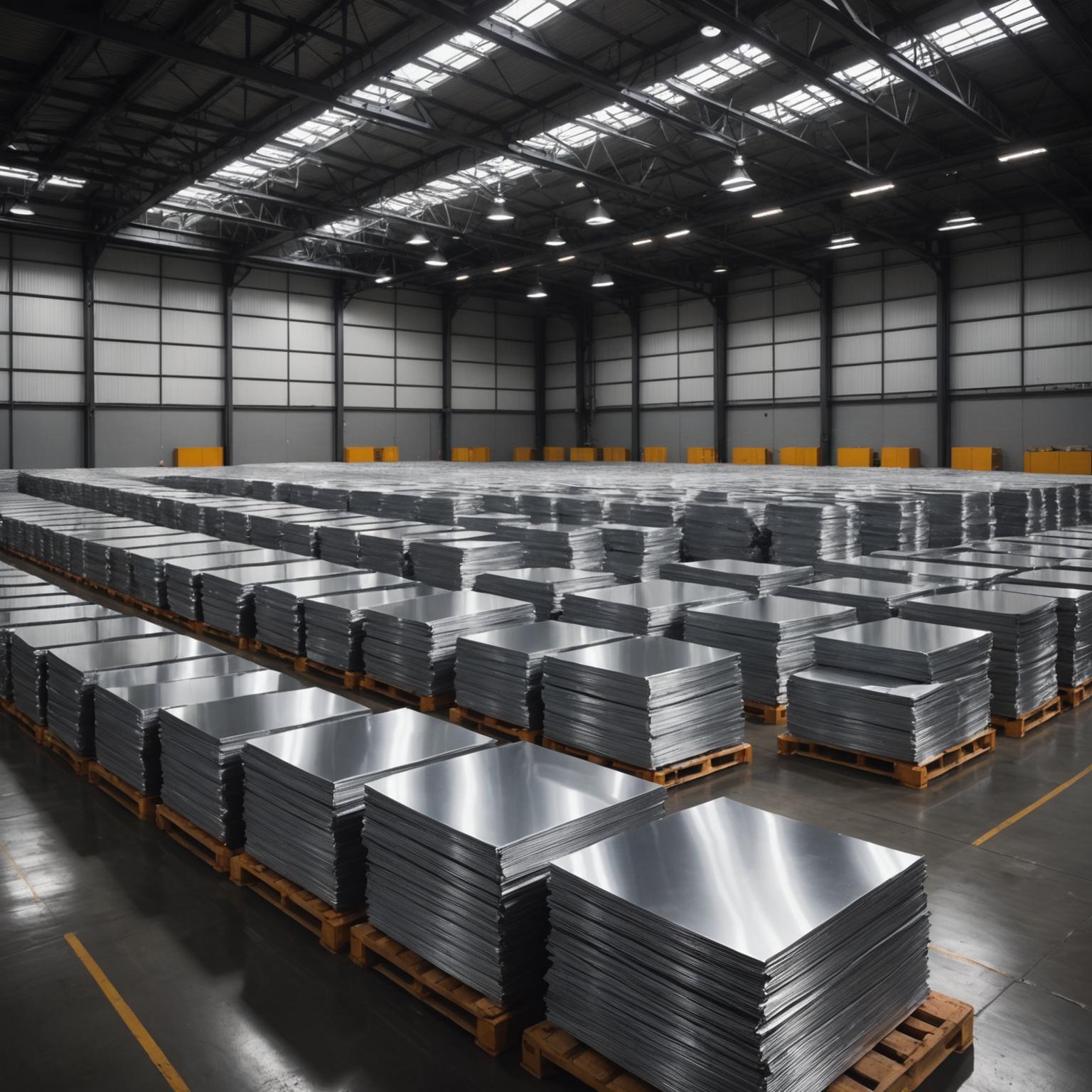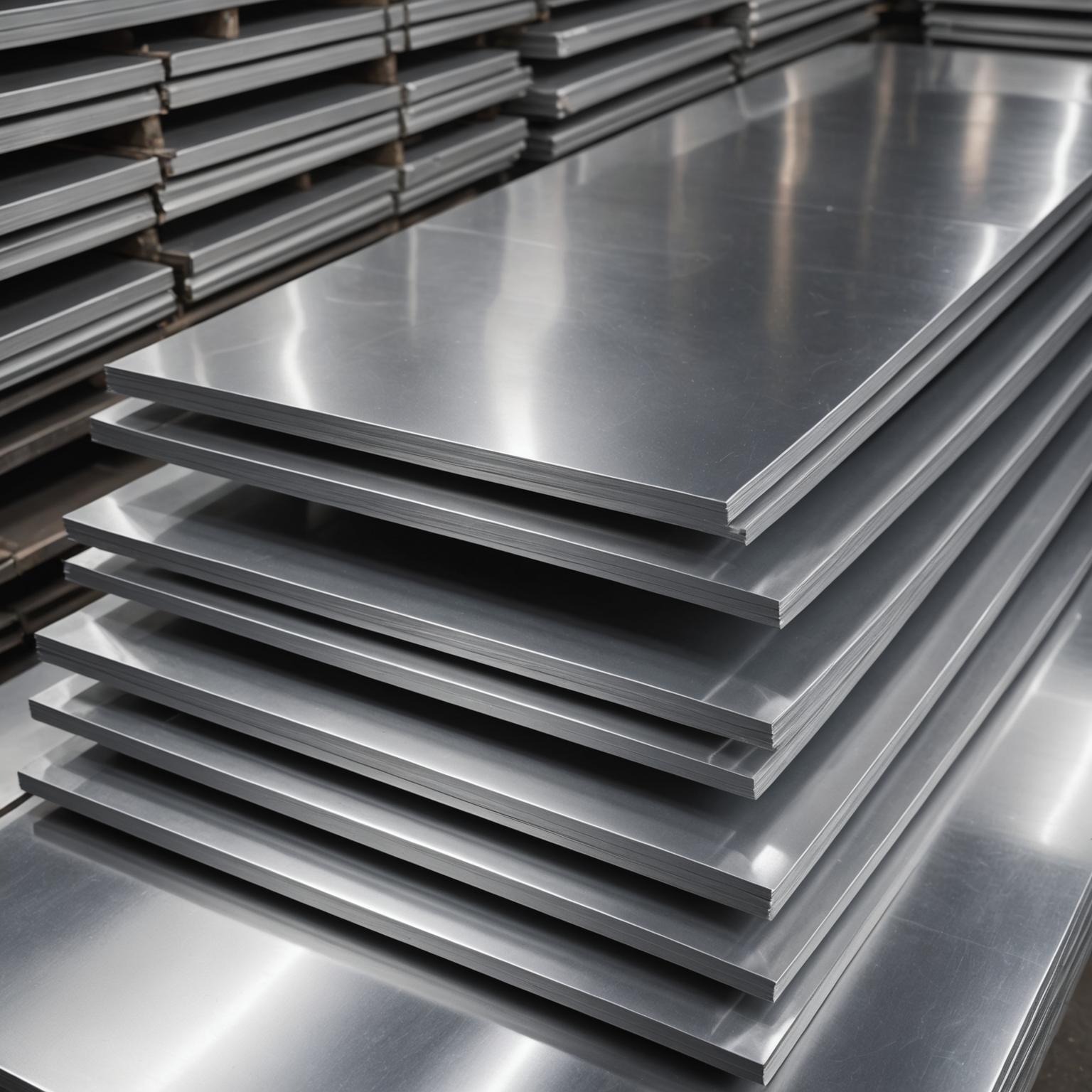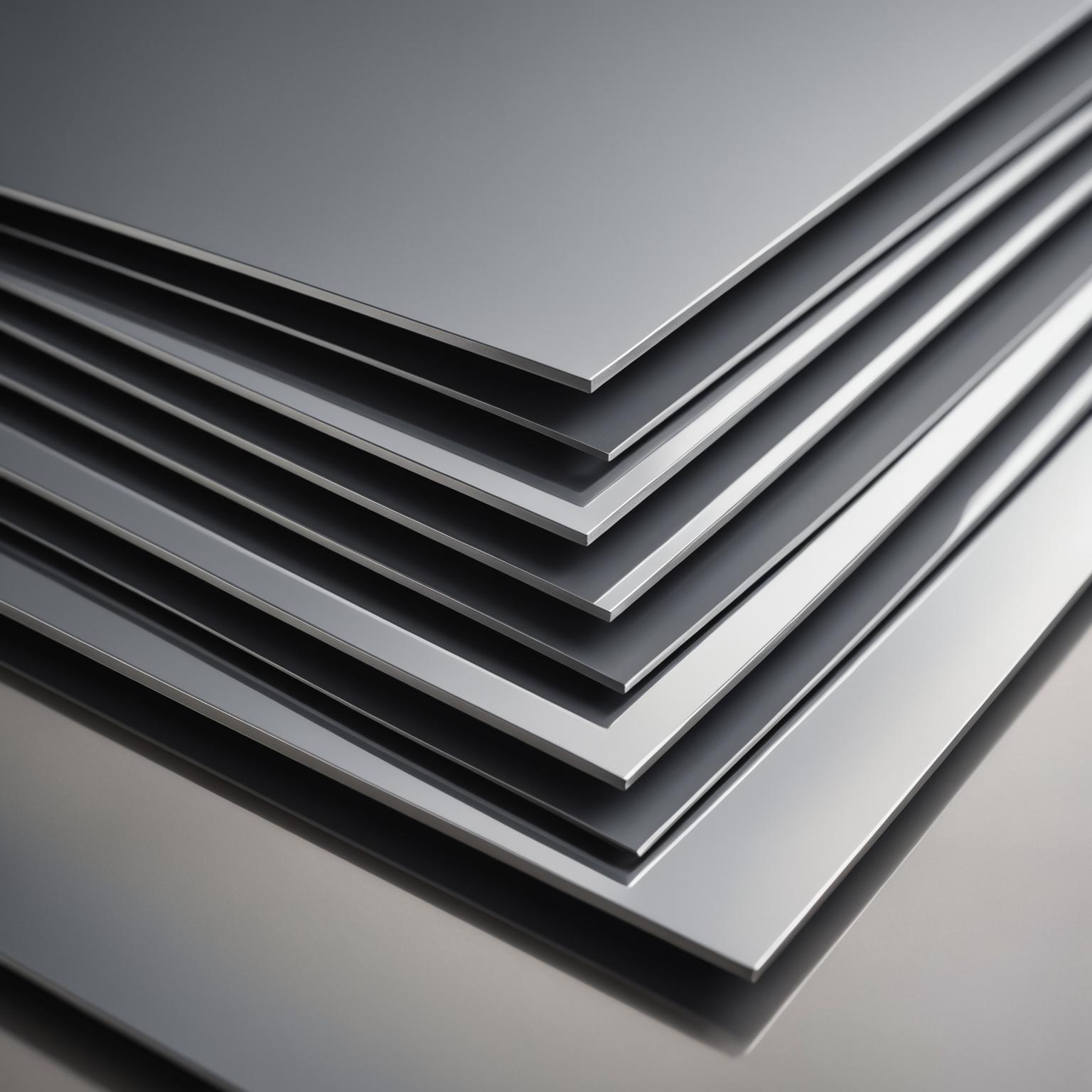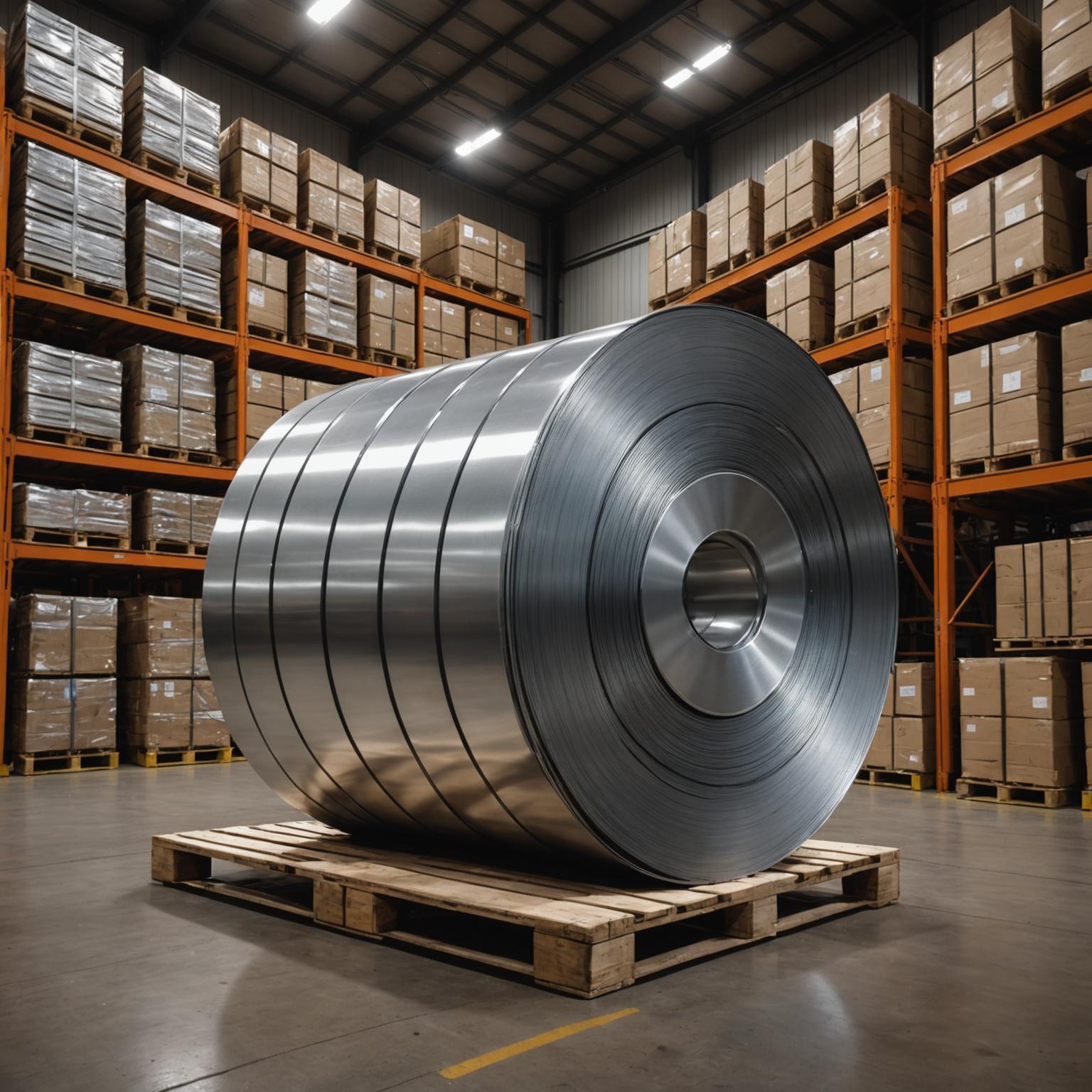Introduction to Pickling and Passivation
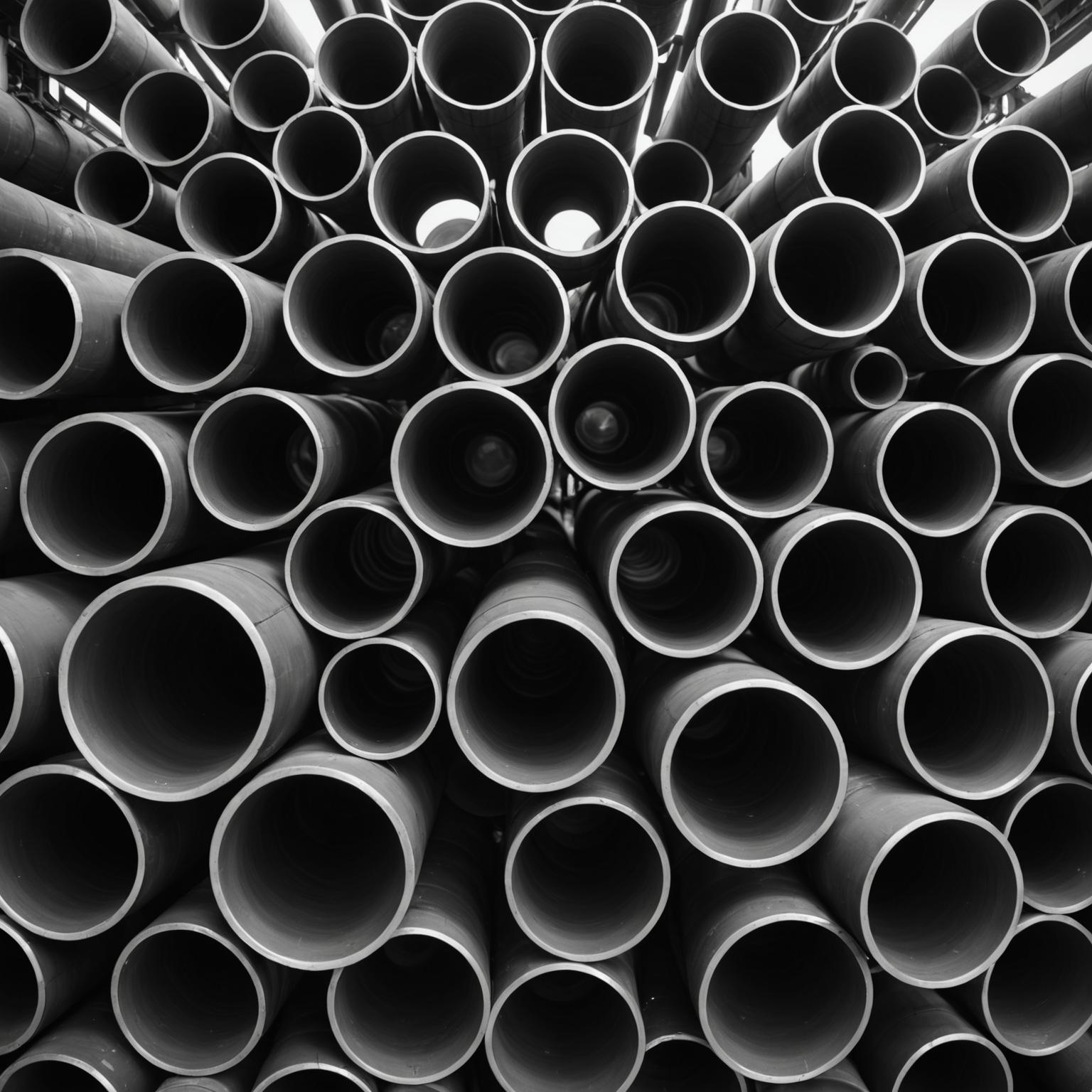
When it comes to maintaining the durability and performance of stainless steel pipes, especially after welding, two essential processes come into play: pickling and passivation. These methods are crucial in ensuring that the stainless steel pipes maintain their corrosion resistance, which is vital in industrial applications. The primary aim of pickling and passivation is to remove contaminants and ensure a protective oxide layer forms on the stainless steel surfaces. Understanding how to pickle and passivate after welding, therefore, is an important skill for anyone working with stainless steel in construction, manufacturing, or engineering contexts.
Pickling Process: A Step-by-Step Guide
Pickling is the process of removing oxide scales, welding spots, and heat tint through the use of acidic solutions. It's a crucial first step in treating welds on stainless steel pipes. Here's how you can effectively pickle your stainless steel pipes:
1. **Preparation**: Before you begin the pickling process, ensure the pipes are clean. Remove all dirt, oil, grease, and any organic materials from the pipe surfaces. This can be achieved with a degreasing solution and thorough rinsing with water.
2. **Application of Pickling Paste**: Apply the pickling paste or liquid uniformly over the welded areas of the pipes. This paste is typically composed of nitric and hydrofluoric acids. Ensure that safety precautions, such as wearing gloves and protective eyewear, are adhered to when handling these acidic substances.
3. **Dwell Time**: Allow the pickling solution to dwell on the surface for a specific time recommended by the manufacturer. This duration allows the acid to effectively dissolve the oxides and scales formed during welding.
4. **Rinse Thoroughly**: After the pickling solution has done its job, rinse the pipes thoroughly with water to remove any traces of acid. Proper rinsing is critical to prevent the acid from continuing to react with the steel surfaces.
Passivation: Enhancing Corrosion Resistance
Following the pickling process, passivation is performed to enhance the corrosion resistance of the stainless steel pipes. This process involves treating the surface to remove any remaining contaminates and restoring a robust protective oxide layer. Here's how to perform passivation effectively:
1. **Clean the Surface**: After pickling, ensure the stainless steel surfaces are clean and dry. Any foreign particles remaining could adversely affect the passivation process.
2. **Application of Passivation Solution**: Apply a passivation solution, usually containing nitric acid or citric acid, evenly across the pipe surface. This solution aids in removing surface impurities and helps in forming a thin, unseen protective film, which greatly improves the steel's anti-corrosive properties.
3. **Allow to Sit**: Give the passivation solution ample time to react with the stainless steel surface. This time frame will vary depending on the strength of the passivation agent and the manufacturer's instructions.
4. **Final Rinse**: Once the passivation process is complete, ensure a thorough rinse of the pipes with water. This final step is crucial to prevent any chemical residues from being left on the metal.
Conclusion: Ensuring Longevity and Performance
By meticulously following the processes of pickling and passivation, the structural integrity and longevity of stainless steel pipes can be significantly improved. Whether in aerospace, automotive, or everyday utilities, ensuring that these processes are done correctly can prevent costly repairs and replacements due to corrosion. Utilizing these methods allows for maintaining the pipes' aesthetic while guaranteeing performance, thereby serving the diverse needs ranging from construction to industrial applications effectively. Regular maintenance through pickling and passivation thus represents a prudent investment in the lifespan and reliability of stainless steel structures.




